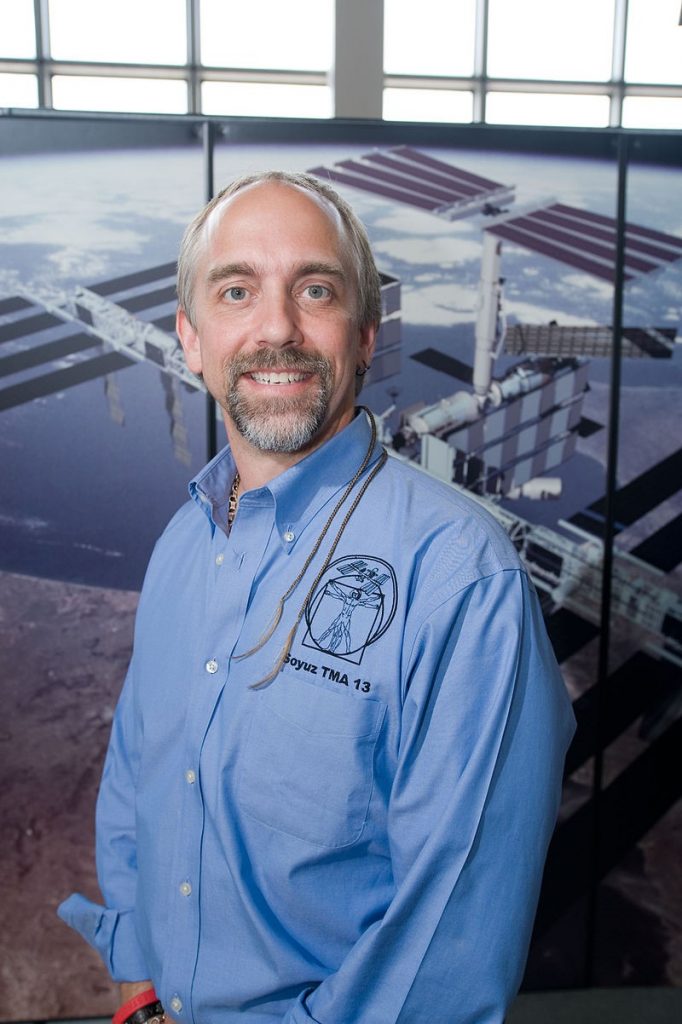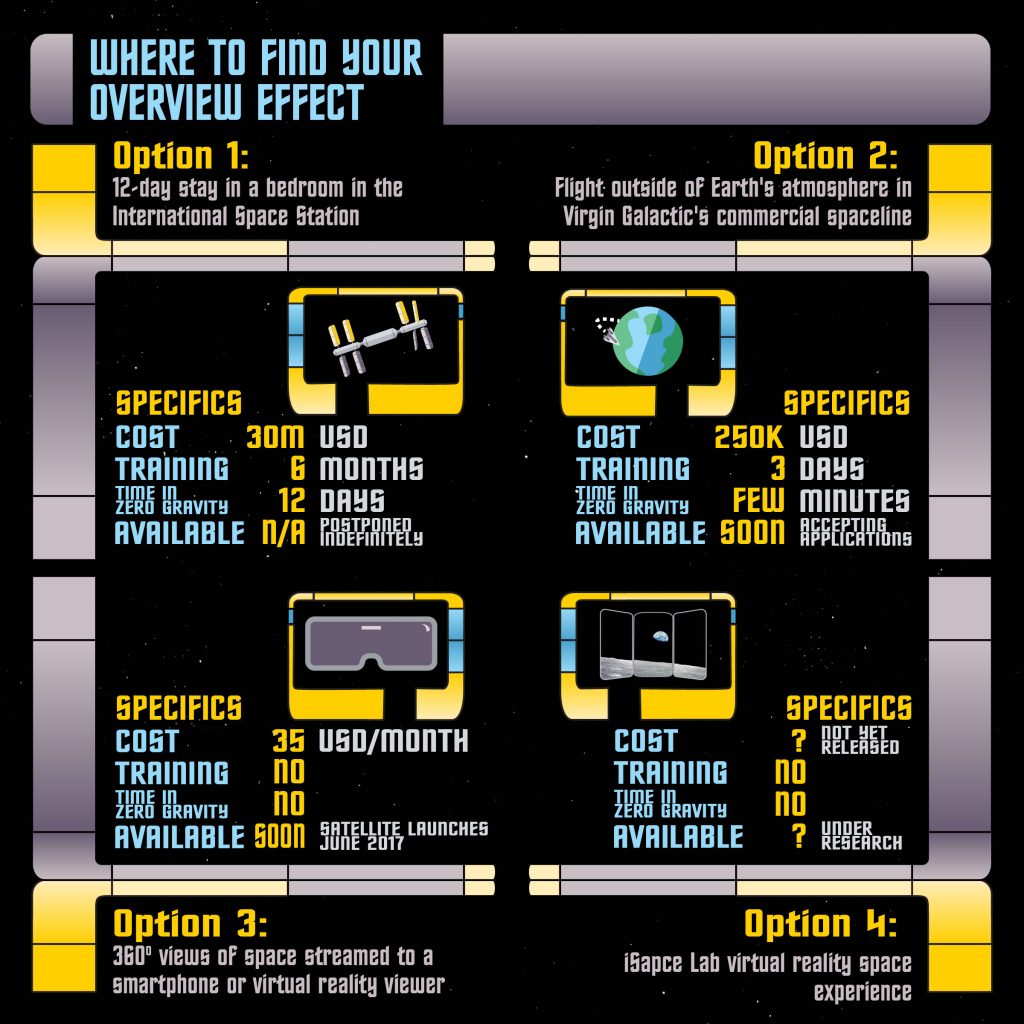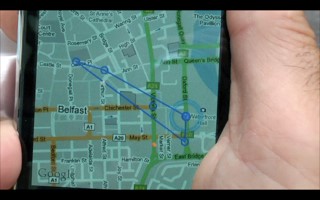Sonya Neilson, Physics & Astronomy co-editor
In 1968, NASA’s Apollo 8 mission became the first manned spacecraft to orbit the moon. Lunar module pilot William Anders was watching the grey moonscape drift past when suddenly a sliver of blue light appeared on the horizon. That sliver of blue rose above the cratered surface and resolved into a brilliant ball that stunned Anders, Jim Lovell and Frank Borman. Anders scrambled for a camera and photographed one of the most influential images ever taken.
The astronauts were the first human beings to witness an “Earthrise”, a sight that deeply affected them. Anders said, “We came all this way to explore the moon, and the most important thing is that we discovered the Earth.”
Decades later, the “Earthrise” photo still moves us. It captures the beauty, fragility, and interconnectedness of our world in a single, succinct image, and helped launch the environmental movement. As Jim Lovell said, ”it was the first time that people actually knew what the Earth looked like and where they were living.”
If seeing the “Earthrise” in a photograph illuminates the beauty and fragility of our world, it’s easy to imagine how seeing it first-hand could be life-altering.
“[Space travel] made me feel I have a personal obligation to be a good steward of our planet and to educate others about what’s happening to it.” — Canadian astronaut Chris Hadfield
It turns out that the Apollo 8 crew’s awe at viewing the Earth is common among astronauts. In fact, this feeling is so universal, it has a name – the Overview Effect – and some have devoted their careers to studying it.
Jennifer Boyd, a professor of psychiatry at the University of California, San Francisco, has studied the positive psychological effects of space travel. Boyd and her colleagues found that 97% of astronauts and cosmonauts reported “a stronger appreciation of the Earth’s beauty” after returning from space. The feeling wasn’t only aesthetic – many astronauts also found a deeper sense of care and stewardship for our world. Several respondents reported increased involvement in environmental causes after returning from space. In his book, An Astronaut’s Guide to Life on Earth, Canadian astronaut Chris Hadfield noted that space travel “made me feel I have a personal obligation to be a good steward of our planet and to educate others about what’s happening to it.” Boyd found her results to be true for all astronauts, regardless of their age, nationality, sex, or the type, length, or number of missions in space. Apparently, even a single, quick trip to space is enough to bring about a new appreciation for the Earth.
A name often associated with the Overview Effect is that of Frank White. White, founder of the Overview Institute, has collected stories and experiences from hundreds of astronauts. Despite never having traveled to space himself, he has devoted his career to understanding the effects of viewing our world from space. The question he’s trying to answer is: How do we make everyone care for the Earth the way returning astronauts do? The Overview Institute is studying ways of bringing the Overview Effect to the earthbound masses. But how could we achieve such a thing?
“…I didn’t think it would greatly affect me… That is until… I got into space!” — Space tourist, Richard Garriott
One possibility is the growing industry of “space tourism”. The International Space Station (ISS) occasionally hosts private citizens. In 2008, British/American game developer Richard Garriott spent 12 days aboard the ISS. Garriott was as struck by the view as his well-trained shipmates: “I had heard of the Overview Effect but, having done many extreme things in my life … I didn’t think it would greatly affect me… That is until… I got into space!”
Space tourist Richard Garriott in 2008. Photo credit: NASA
In 2008, Garriot’s trip to the ISS cost him $30M US. With future plans to build space hotels and a “commercial spaceline”, costs are sure to go down, but will remain unreachable for the majority of Earth’s inhabitants.
What about bringing space to them? Recent improvements in virtual reality could immerse users in space travel without leaving the ground. Dr. Bernhard Riecke and his colleagues at the iSpace Lab in Surrey, BC are researching just that. Their project attempts to combine psychology, computer science, meditation, and body feedback, among other fields, to create the Overview Effect.
By contrast, SpaceVR is making quick and dirty 3D views of Earth from above which will be available to anyone with a mobile, desktop, or virtual reality device. SpaceVR will use 360-degree cameras in orbit to feed footage from space to the user. It’s not quite as immersive as the iSpace Lab option, but at US$35 for a yearly subscription, it is relatively affordable and accessible.
Infograph showing how you might experience the Overview Effect by Lauren Borja, Physics and Astronomy Co-editor.
Space tourism and virtual reality both aim to recreate the Overview Effect with views of our Earth from above, but is there a simpler way to bring about this shift in perspective?
Chris Speed, an artist and professor at the Edinburgh College of Art, believes that we should look to art for the answer. He sees the Overview Effect as a sense of connectedness to the people and places around us, or, as Chris Hadfield described it, a “change in their perception of their place in the world.” Speed and his colleagues have studied creating the Overview Effect using mapping software.
…is there a simpler way to bring about this shift in perspective?
While maps give us a sense of place, they struggle to convey the vastness, dynamism, and interconnectedness of our world. Speed and his colleague Jen Southern developed and tested collaborative mapping software named Comob. It allows users to track not only their location, but also the locations of other users, in order to foster a sense of connection to the world around them – a feeling Speed and Southern have named the “Underview Effect”. While the idea of an Underview Effect is intriguing, very little research has been done on whether it is even achievable.
Comob software running on an iPhone
The Overview Effect is still poorly understood and the factors that produce it have yet to be identified. Nonetheless, it’s clear that space travel has a profound effect on those who experience it. This feeling may simply be a greater sense of global community, and perhaps by fostering global relations and understanding in our everyday lives, we may feel the Overview Effect to a small degree ourselves. “Hopefully, as we get older, we all get a little of the Overview Effect”, says Chris Hadfield. “We just sort of get force-fed it as astronauts.”
*Header Image: “Earthrise” image taken by Apollo 8 crew, December 24, 1968 (NASA)







